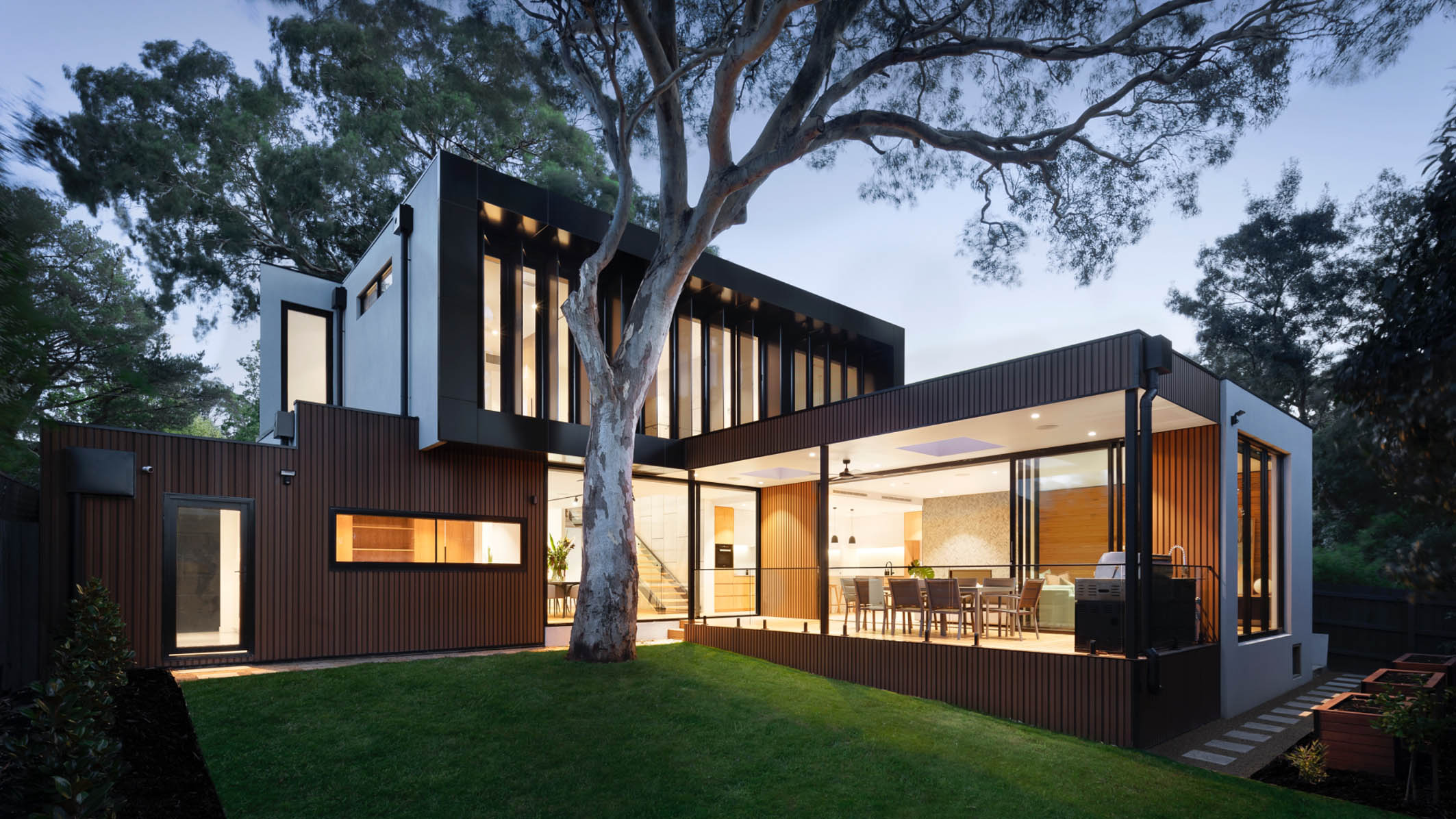Why US doesn’t Know About Prefab?
There are several reasons why more people in the US haven’t bought prefab sustainable homes, and the challenges vary depending on the specific market and region.
One challenge is that many people are simply not familiar with prefab homes or don’t consider them as a viable option when looking for a new home. Prefab homes have a reputation for being low-quality or unattractive, and many people may not realize that there are now many modern and sustainable prefab home options available.
Another challenge is that zoning and building regulations can limit the availability of land for prefab homes. Some areas may not allow prefab homes to be built at all, or may have restrictions on the size, design, or location of prefab homes. This can make it difficult for developers and builders to offer prefab homes as an option in certain areas, limiting the potential market.
Cost can also be a factor, as many people assume that prefab homes are less expensive than traditional homes but may not be aware of the potential cost savings associated with energy-efficient features and streamlined construction processes. Additionally, some people may be hesitant to invest in a prefab home because they are concerned about resale value or the perception that prefab homes are not as durable or long-lasting as traditional homes.
Overall, there are several challenges that may be contributing to the limited adoption of prefab sustainable homes in the US, including lack of awareness, zoning and building regulations, and perception of cost and quality. However, as more people become aware of the benefits of prefab homes and more sustainable housing options are developed, this trend may begin to shift in the coming years.
